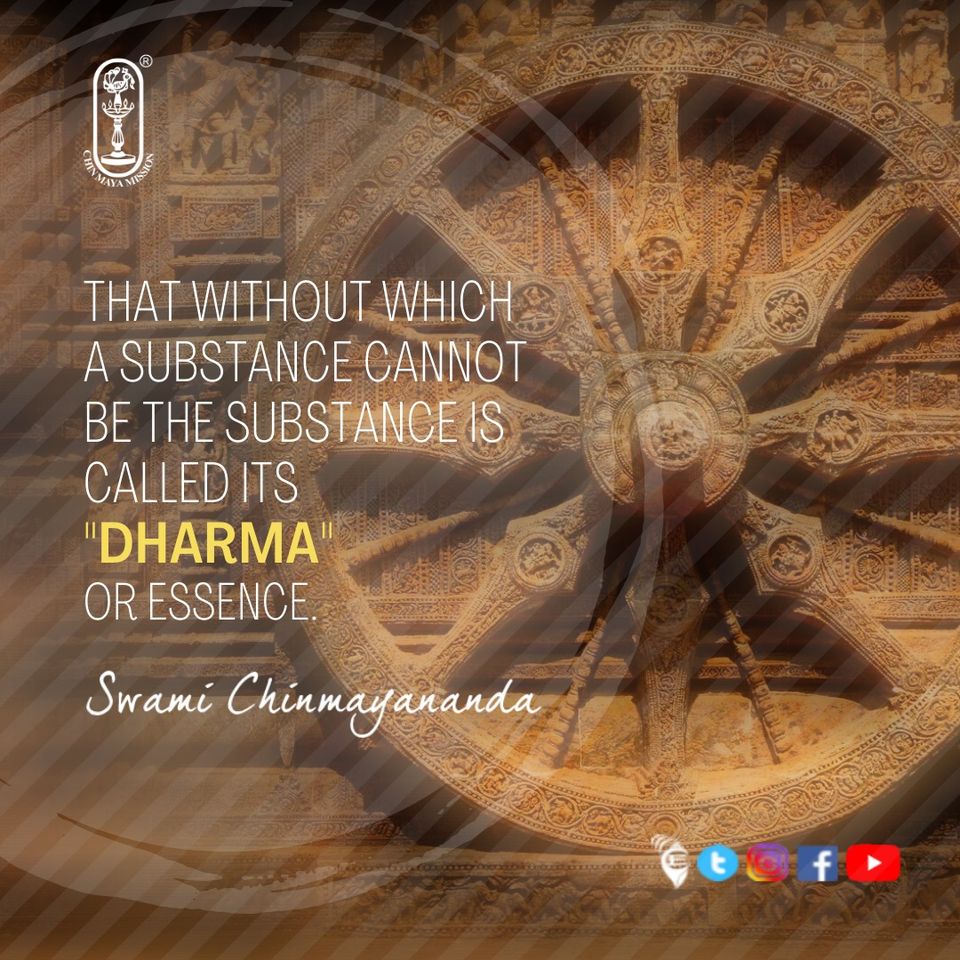BHAGAVAD GEETA: 79 - Swami Advayananda.
BHAGAVAD GEETA
Chapter - 2
Discourse – 2 (72 Slogas)
“Yoga of the SUPREME SELF”
Sri Veda Vyasaji
=======================================================================================
Wednesday 03, July 2024, 07:00.
Discourse 2 | Yoga of the Supreme Self
2.12 THE MAN OF STEADY WISDOM
(Slogas 54-67, 14 No.
Post - 79.
========================================================================================
Slogam - 55: Q1: “Who is a Sthitaprajna?” – Absolute Level:
Shree Bhagavaan Uvaacha: = The Blessed Lord said:
1
Prajahaati yadaa kaamaan = DESIRE – when a man casts off
2
sarvaan, Paartha, manogataan; = all of it from his mind, O Partha,
3
aatmani eva aatmanaa tushtah = in his Self, by his Self, and lives satisfied
4
sthitaprajnah tadaa uchyate. =then he is said to be one of steady wisdom.
===========================================================================================
The Blessed Lord begins His work of art: It is destined to set a benchmark in our
minds of the highest attainment possible by man, despite being saddled in a body and mind.
The first verse answers Arjuna’s Question 1, the Sthitaprajna from the Absolute standpoint.
1-2
There is a prior condition to having a mind that can be steadily applied to
meditation. That condition is “when all desires are cast off”.
Desire keeps the mind “alive” – and the suffering, as well! Desire is where all the evil
qualities find their origin. From it arise qualities like greed, anger, jealousy, delusion, envy
and attachment. Removal of desire eliminates all these other vices at the same time.
Prajahaati: this verb literally means “giving up well”. Kaama is desire, and has to be
given up thoroughly if it is not to return again in some other form. When we sleep we are
free from desire, but that lasts only till we get up the next morning, when all the same
desires bounce out of bed with us, and grip our attention the whole day once again.
3
Without going into the How and the Why of overcoming one’s desires, it is stated
that this is the secret behind successful meditation practice. A meditator is one who
possesses this prior condition. He is fully satisfied in the Self because his mind does not run
after anything else as it gets all the satisfaction it needs by being absorbed in the Self.
Atmani Eva Atmanaa Tushta: “satisfied fully, in the Self (7th case), by the Self (3rd
case)”. The sage finds fulfillment in the Self, so he does not hanker after lesser pleasures. He
is quite content within himself. For him it is breakfast, lunch and supper – the Self. In his
case, desires eventually leave him. They find that it is useless to trouble such a person who
pays no attention to them. So they abandon him!
The Seven Bhumikas & the Sthitaprajna:
4
At this point Acharyaji digressed to give us a background into the states of
consciousness or Bhumikas as they are called. We first encountered these in Text 21 Yoga
Vasishtha. Our objective here is to identify to what Bhumika the sage of steady wisdom
belongs. There are seven Bhumikas or states, of which from the fourth onward are all states
of Samadhi (varying from Savikalpa through to Nirvikalpa).
The seven Bhumikas are:
1. Subecha: One who comes to realise the futility of worldly pursuits.
2. Vicharena: Reaching a Guru, he takes up deep Self-enquiry.
3. Tanumanasa: Begins Nididhyasana and progresses towards Savikalpa Samadhi.
4. Sattwapatti: Gains a first glimpse of direct Self experience – Savikalpa Samadhi.
5. Asamsakti: Progresses towards Nirvikalpa Samadhi, backed fully by knowledge.
6. Padartha Abhavana: The Samadhi has become very intense, stays longer.
7. Turiyaga: He is permanently immersed in the God-intoxicated state; he cannot be
dislodged from it, even under extreme provocation. This is Nirvikalpa Samadhi.
From 4 to 7, are the states of the Sthitaprajna. He has direct experience of the Self.
States 1, 2 and 3 are the so-called “Jagrat states”. Duality is given validity at this
stage. State 4 is “Swapna state” because the person sees duality as just a dream. State 5 is
compared to “Sushupti” as it is like normal sleep in Brahman. There is no Duality from this
level onwards. State 6 is called “Gada Sushupti” as the sleep of Samadhi is now very deep.
One is virtually ‘dead’ to the world. Finally, he comes to the 7th state wherein he is totally in
the state of Samadhi all the time.
The Sthitaprajna state is perfected in the 7th Bhumika. The first question of Arjuna
refers to the 7th Bhumika. The sage in this state has no interaction with the world. The next
three questions refer to the 4th to 6th Bhumikas, where interaction with the world is there.
*****
Slogam - 56: Q2-4: The Sthitaprajna – Relative Level
Continued
====================================================================================














Comments
Post a Comment